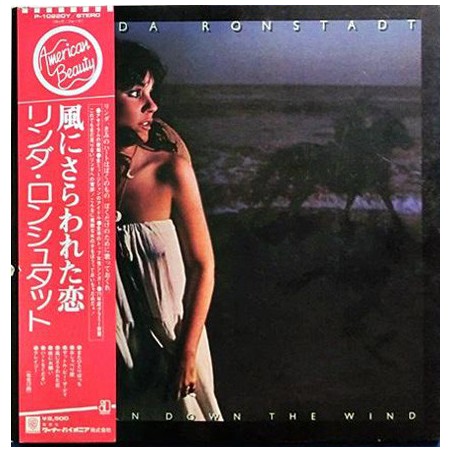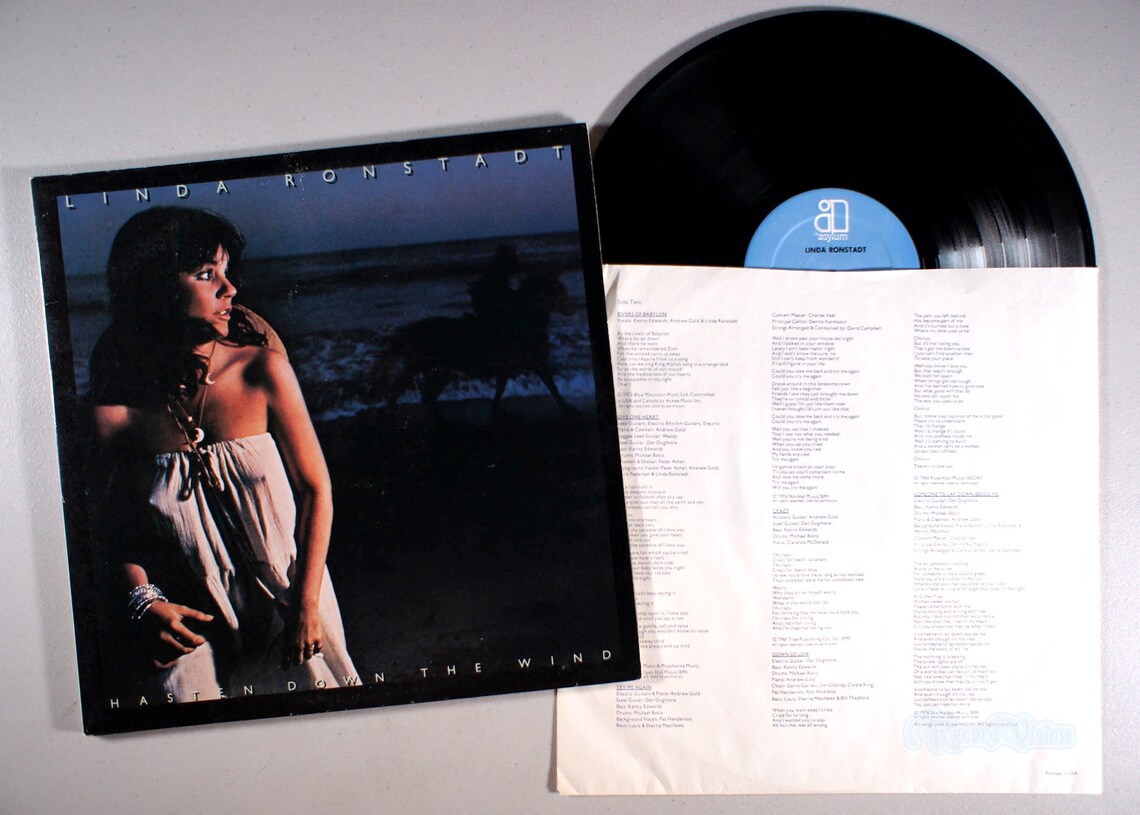

Heart Like a Wheel’s first single release was “You’re No Good,” – a rootsy rockified version of a song written by Clint Ballard, Jr. This skill would eventually serve her later in her career, as a noted master song interpreter. Interestingly, Ronstadt had major success interpreting songs from a diverse spectrum of artists. In many instances, her own interpretations were more successful than the original recordings and many times new songwriters were discovered by a larger audience as a result of Ronstadt interpreting and recording their songs.

1 Country Albums for Ronstadt) and the disc was certified Double-Platinum (over 2 million copies sold). 1 on the Billboard Album Chart (it was also the first of four No. With the release of Heart Like A Wheel, Ronstadt reached No. Having been a cult favorite on the music scene for several years, 1975 was “remembered in the music biz as the year when 29 year old Linda Ronstadt belatedly happened”. 1974, on the cover of the Grammy winning album and 2x platinum certified studio disc, Heart Like a Wheel. Asher went on to produce and manage most of her subsequent albums. Asher was musically more on the same page with her than any producer she had worked with before, and he worked with her collaboratively. She asked Peter Asher to help her produce two tracks, “Sail Away” and “I Believe in You”. In 1973 On the Don’t Cry Now album, most tracks were produced by J.D. Her studio album recorded entirely in Nashville, it was produced by Elliot Mazer, whom Ronstadt picked on the advice of Janis Joplin, who had worked with him on her Cheap Thrills album Ronstadt’s second solo album, Silk Purse, was released in March 1970. It is considered the first alternative country record by a female recording artist. Ronstadt released her first solo album, Hand Sown…Home Grown, in 1969. While Stone Poneys broke up before the release of their third album, Kenny Edwards recorded and toured with Ronstadt from the mid-1970s to the mid-1980s. The song remains one of Linda Ronstadt’s most popular recordings.

The band is best known for their hit single “Different Drum” (written by Michael Nesmith prior to his joining the Monkees), which reached No. As The Stone Poneys, the band was signed by Nik Venet to Capitol and released three albums in a 15-month period in 1967-68: The Stone Poneys Evergreen, Volume 2 and Linda Ronstadt, Stone Poneys and Friends, Vol. In 1964, Linda Ronstadt moved to Los Angeles to form a band with Bob Kimmel, who had already begun co-writing several folk-rock songs with guitarist-songwriter Kenny Edwards. They billed themselves as “The New Union Ramblers”, “The Union City Ramblers”, and “The Three Ronstadt’s”, and the trio played coffeehouses, fraternity houses, and other small venues. A self-described product of American radio of the 1950s and ’60s, she was a fan of its eclectic and diverse music programming.Īt 14, Ronstadt formed a folk trio with her brother Peter and sister Suzy. She admires Callas for her musicianship and her attempts to push 20th-century singing, particularly opera, back into the Bel Canto “natural style of singing”. Early on, her singing style had been influenced by singers such as Lola Beltran and Edith Piaf she has called their singing and rhythms “more like Greek music…It’s sort of like 6/8 time signature…very hard driving and very intense” She also drew influence from country singer Hank Williams.

She credits her mother for her appreciation of Gilbert and Sullivan and her father for introducing her to the traditional pop and Great American Songbook repertoire that she would, in turn, help reintroduce to an entire generation. Growing up, she listened to all types of music. Linda Ronstadt’s early family life was filled with music and tradition, which influenced the stylistic and musical choices she later made in her career. She has covered everything from Folk to Cajun music and almost everything in between. Her natural vocal range spans several octaves from Contralto to Soprano. Linda Ronstadt is considered an “Interpreter of her times”.


 0 kommentar(er)
0 kommentar(er)
